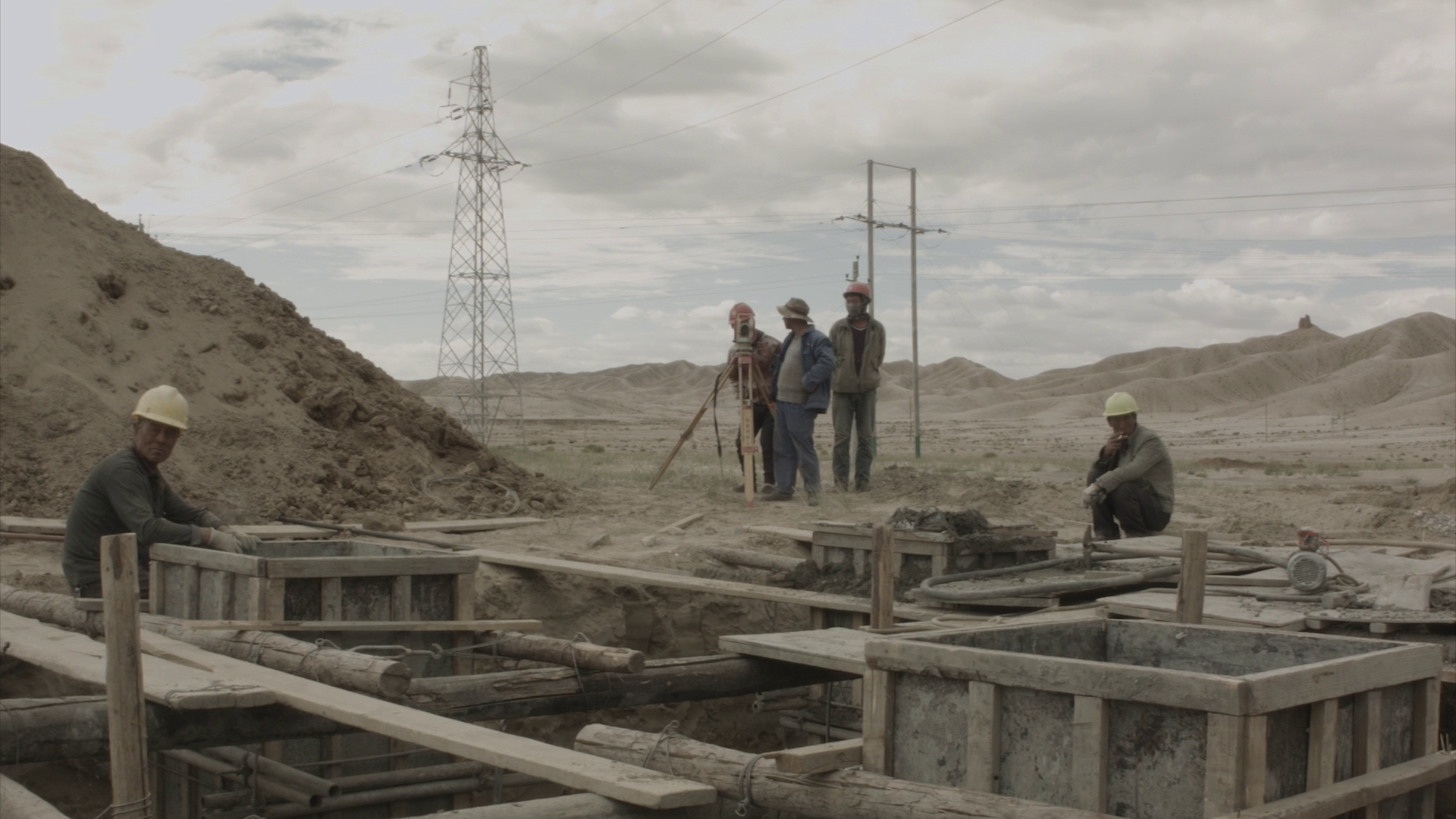World Bank, Belt and Road Economics: Opportunities and Risks of Transport Corridors (Washington, DC: The World Bank, 2019), ➝. See also Dave Donaldson, “Railroads of the Raj: Estimating the Impact of Transportation Infrastructure,” American Economic Review 108, no. 4–5 (2018): 899–934.
Richard Wright, Railroaded: The Transcontinentals and the Making of Modern America (New York: Norton, 2011).
See, for example, Canay Özden-Schilling, “Economy Electric,” Cultural Anthropology 30, no. 4 (2015): 578–588.
On capital as the capitalization of future revenue streams, see Jonathan Nitzan and Shimshon Bichler, Capital as Power: A Study of Order and Creorder (New York and London: Routledge, 2009). See also Fabian Muniesa et al., Capitalization: A Cultural Guide (Paris: Presses des Mines, 2017).
On money as an accounting system based on transferable credit, see Felix Martin, Money: The Unauthorized Biography (New York: Knopf, 2014), 27. On the history of credit money, see also David Graeber, Debt: The First 5,000 Years (New York: Melville House, 2011).
An earlier form of shareholding, the colonial trading monopoly, can be seen as a precursor of the modern joint-stock company. But that older, seaborne financial infrastructure changed in a different direction, giving rise to the modern colonial state. See, for example, Philip J. Stern, The Company-State: Corporate Sovereignty and the Early Modern Foundations of the British Empire in India (Oxford: Oxford University Press, 2011).
Paddy Ireland, “Efficiency or Power? The Rise of the Shareholder-oriented Joint Stock Corporation,” Indiana Journal of Global Legal Studies 25, no. 1 (2018): 291-330.
Infrastructure projects have now become an asset class. See Nicholas Hildyard, Licensed Larceny: Infrastructure, Financial Extraction and the Global South (Manchester: Manchester University Press, 2016).
Jesse McCormick suggested this point to me.
See Donald MacKenzie, “Just How Fast?” London Review of Books 41, no. 5 (March 2019): 23-24.
For a survey of current scholarship on the politics of infrastructure, see Brian Larkin, “The Politics and Poetics of Infrastructure,” Annual Review of Anthropology 42 (2013): 327-343. For more recent examples, see Stephen J. Collier, James Christopher Mizes, and Antina von Schnitzler, eds., Limn 7: Public Infrastructures/Infrastructural Publics (July 2016).
